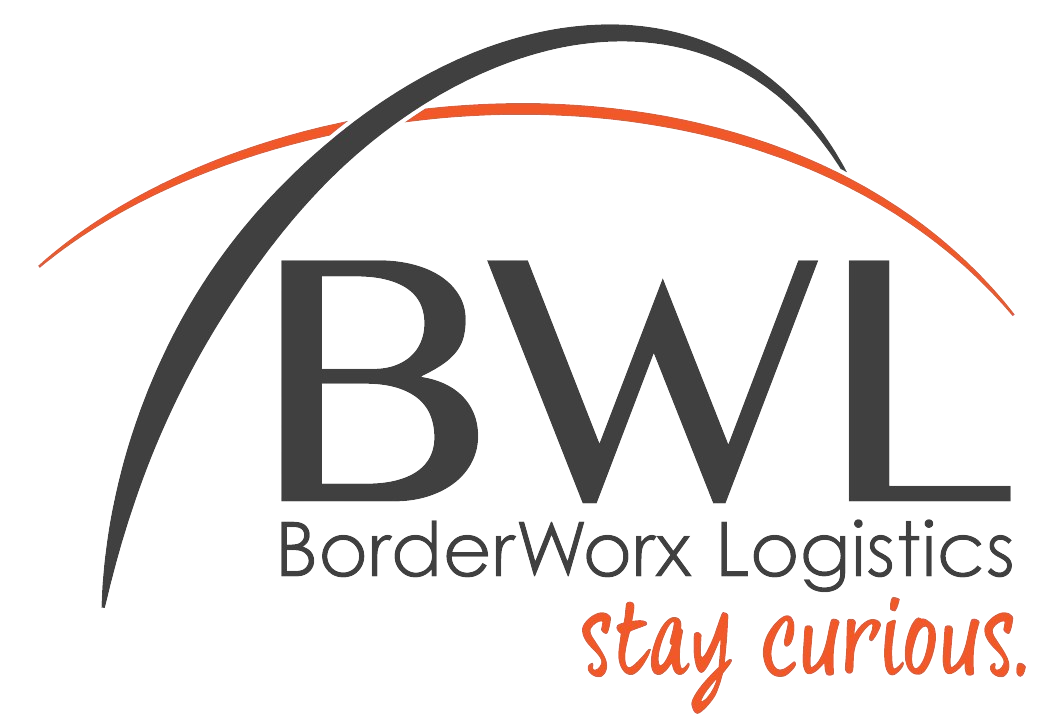Expanding a U.S.-based business to Amazon Canada can provide numerous opportunities for growth and increased revenue. Here are some reasons why and strategies on how a U.S. business might successfully make this move.
Market Potential
Canada is a lucrative market with robust economic conditions, and a consumer base that is familiar and comfortable with online shopping. Amazon Canada is one of the top e-commerce platforms in the country, making it a critical gateway for U.S. businesses looking to reach Canadian consumers. The platform offers a wide-reaching customer base, which can be especially appealing for new entrants trying to establish a footprint in a foreign market.
Cultural and Economic Similarities
The cultural and economic alignment between the United States and Canada eases the process of expansion. Both countries share a common language (English), similar consumer behaviors, and tastes. This similarity allows U.S. businesses to offer their existing products with little to no localization, thus reducing the initial investment and risk associated with the expansion.
Legal and Trade Agreements
The United States-Mexico-Canada Agreement (USMCA), which substituted the North America Free Trade Agreement (NAFTA), enhances trade relationships by reducing tariffs and simplifying import/export procedures between the three countries. This agreement makes it economically feasible for U.S. businesses to operate in Canada, as it lowers the barriers to entry and simplifies the logistics of shipping goods across borders.
Strategies for Successful Expansion
- Understand Canadian Regulations: Before expanding, it’s crucial to understand the legal requirements, including taxes, digital product regulations, and consumer protection laws specific to Canada. This knowledge will help avoid any legal issues and ensure compliance with Canadian law.
- Localize Offerings Where Necessary: While the U.S. and Canada share many similarities, there are regional preferences and statutory requirements that might necessitate product adjustments. For instance, bilingual packaging and French language support are mandatory for products sold in Quebec.
- Use Fulfillment by Amazon (FBA) or a 3PL: Leveraging FBA or a 3PL can simplify the logistics of entering a new market. Amazon or a 3PL will handle storage, packing, shipping, and returns, which can be incredibly beneficial in navigating a foreign market’s logistical challenges.
- Optimize for Local SEO and Marketing: Adapting marketing strategies to fit the Canadian audience is crucial. This might include adjusting keywords to align with local search terms and investing in local advertising channels. Additionally, participating in Canadian-specific promotions such as Boxing Day can align the business with consumer expectations and increase visibility.
- Manage Currency and Pricing Strategies: Currency differences can affect product pricing and profitability. It’s important to set competitive pricing that considers currency exchange rates, local purchasing power, and potential import duties that could affect cost.
- Cultivate Local Partnerships: Building relationships with local businesses can aid in navigating the new market landscape. These partnerships can provide valuable insights into the Canadian market and help in tailoring products and services to better meet the needs of local consumers.
Conclusion
Expanding to Amazon Canada offers U.S. businesses a platform to access a stable, familiar market with fewer barriers due to favorable trade agreements and cultural similarities. By understanding local regulations, leveraging Amazon’s fulfillment services, and tailoring marketing strategies to the Canadian audience, U.S. businesses can effectively extend their reach and tap into the growing e-commerce market in Canada.
If you are looking for a Canadian 3PL to handle Amazon FBM or a FBA prep center, look no further than Borderworx!
